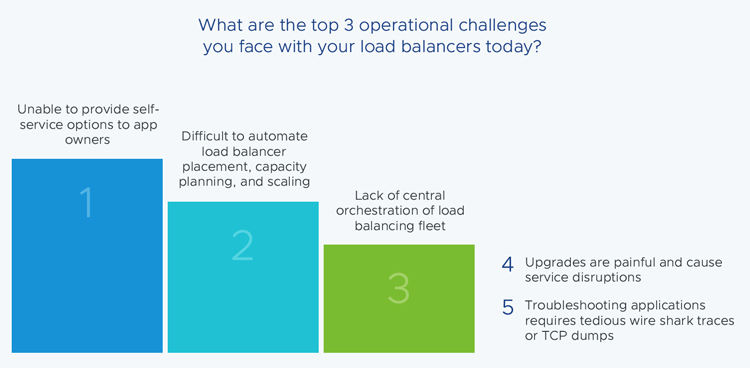
Multi-Cloud Load Balancing 2022
Load Balancing Trends According to 200 Infrastructure Management Pros
Modern apps demand consistent and secure execution across clouds. So much so, they’re outpacing the infrastructure that was built to deliver them. Pulse and VMware teamed up to survey 200 senior infrastructure management professionals and decision-makers involved in developing or executing load balancing strategies for their organization. We wanted to better understand the challenges organizations of all kinds face as they navigate a multi-cloud or hybrid cloud ecosystem. Here are some of our key findings.
94% Plan to Deploy Apps to Multi-Cloud Environments by 2023
That is a staggering percentage as this confirms that app deployment is here to stay cross-clouds. Only a small percentage of respondents, 7% to be exact, declared they are currently using a single public cloud. As for two public clouds? 64% of folks checked “yes,” and the remaining 28% are on three. The biggest takeaway here is that the multi-cloud environment is here to stay and your application deployment needs to be executed within a reliable and competitive environment.

Challenges Across Clouds
The multi-cloud world is new terrain that organizations are navigating each day. Like all things, technological innovation comes with its own set of challenges, and in this case, orgs need more than the traditional load balancer. These were the top three challenges when it comes to load balancers for the survey participants:
- Unable to provide self-service options to app owners.
- Difficult to automate load balancer placement, capacity planning, and scaling.
- Lack of central orchestration of load balancing fleet.
In short, legacy hardware-based load balancers aren’t meeting the needs of day-to-day ops anymore. The respondents also said managing app security, performance monitoring, and operation management are other challenges they’re constantly facing in the cloud. With many plates spinning at once, the last thing any organization needs is to worry about their application deployment – and whether the infrastructure in place is equipped to self-service and automate.

Application Delivery and Security are Top of Mind
Consistency is key when it comes to delivering a top-tier experience for your constituent base. 93% of respondents believe that it is very important or somewhat important that their organization have consistent app delivery capabilities. In addition to consistency, 88% of respondents say web application security capabilities are also of importance when considering their load balancing needs.
What is needed is a modern software multi-cloud load balancer which separates the data and control plane to deliver app services such as real-time app analytics, security, and monitoring, predictive autoscaling of traffic, end-to-end automation and hybrid and multi-cloud global server load balancing. The numbers speak for themselves, but for more information, download the full Multi-Cloud Load Balancing 2022 infographic here.

To learn even more about the current state of load balancing, these findings, and even technical predictions for the future, watch the 2022 State of Load Balancing on-demand webinar now.









